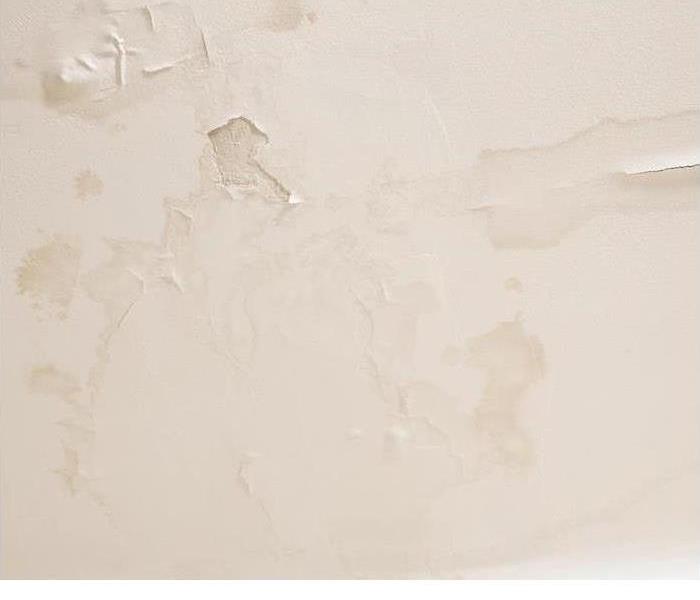How to Do a Household Water Damage Inspection
2/2/2021 (Permalink)
There are few things worse for the structure of your home than untreated (or unnoticed) water damage.
Damage due to moisture can lead to unsightly stains, cosmetic issues and mold buildup, and it can also eat away at the structural elements of your home and cause significant issues if it is not quickly addressed.
With a little bit of knowledge for what to look for, all homeowners can be empowered to check for water damage around the house on a regular basis. Insurance claims are often over $10,000 for water damage, but the earlier you notice it, the more quickly you can have it restored.
How Can I Check for Water Damage in My Home?
Inspect your walls and ceilings. Because walls and ceilings make it easy to spot water damage, they are a good place to start. Unusual stains, softened drywall or bubbling paint can all be signs of water damage, whether it is a result of weather or a leaky pipe. It is also wise to pay extra attention to window frames and doors, as these are common damage hotspots.
Don’t forget to look down. It is not uncommon to find water damage that shows itself in the floor, since they are the lowest spot in every room. Water can pool and begin to saturate the subfloor, not causing surface issues but instead showing up with warped floorboards, buckling or a general smell of mildew which should always be checked out.
Inspect your roof. To prevent any water damage related to weather, you want to make sure your roof is doing its job as your first defense against rain. Check with binoculars for signs there may be issues, such as loose or twisted shingles or flashing that is not sealed. During the next bout of rain, you can also go out and verify that your gutters are pitched properly and draining away from your foundation correctly.
Pay close attention to the basement. While people used to think that damp basements were just a given, it does not have to be that way. Check your basement for any signs of moisture on a regular basis. A general damp feeling can often be fixed with a dehumidifier, but it can also be indicative of a much bigger problem in some instances. In any case, watch out for wet foundation walls, musty odors or water stains just in case.
If you have water damage anywhere in your home, we are here to help. You can contact us at any hour to learn more about our services or to report damages.
Get in touch today to speak with a water damage restoration expert.

 24/7 Emergency Service
24/7 Emergency Service
